Featured Photo Above:
Addie Joos Benefit Game, July 24, 1911
(Color Restoration by Chris Whitehouse of They Played in Color website)
Baseball History Comes Alive Now Ranked As a Top Five Website by Feedspot Among All Baseball History Websites and Blogs!
(Check out Feedspot's list of the Top 35 Baseball History websites and blogs)

Guest Submissions from Our Readers Always Welcome! Click for details
Subscribe to Baseball History Comes Alive! for automatic updates (sign-up block found in right side-bar)
As a Free Bonus for subscribing, you’ll get instant access to my two Special Reports: Memorable World Series Moments and Gary’s Handy Dandy World Series Reference Guide!
Eddie Waitkus Photo Gallery
Click on any image below to see photos in full size and to start Photo Gallery:
Baseball Shootings, Part Two:
Eddie Waitkus Shot by an Obsessed “Femme Fatale”
“If I can’t have you, nobody else can either!” –Ruth Ann Steinhagen to the object of her obsession, Eddie Waitkus, just before shooting him.
Some of you will remember in Part One of this series, I highlighted the shooting of Cub shortstop Billy Jurges in 1932 by scorned lover, Violet Popovich Valli.
Today, in Part Two, we turn our attention to another baseball shooting. The victim was a former Cub who was now a member of the Phillies, Eddie Waitkus. Unlike the Jurges shooting, this time the shooter wasn’t a scorned lover. Ruth Ann Steinhagen was an obsessed fan who shot and nearly killed Waitkus on July 14, 1949.
Edward Stephen Waitkus began his professional career in 1938 for a team with the improbable name of the Worumbo Indians, a semi-professional team in Lisbon Falls, Maine. An outstanding athlete seemingly headed for bigger and better things, his teammates soon pegged him as “the natural,” a nickname Eddie carried with him throughout his career.
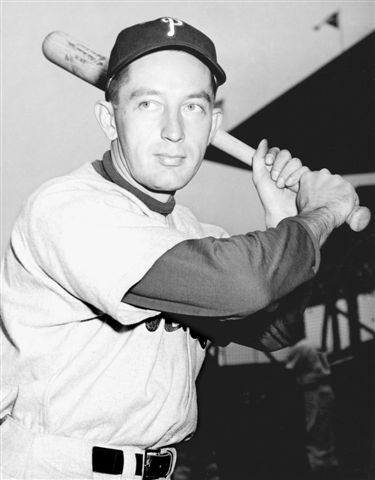
The Cambridge, Massachusetts native was 21 when he broke into the majors with the Cubs on April 15, 1941, but he only saw action in 12 games that year. Back in the minors for the 1942 season, Eddie then missed the next three seasons due to military service during World War II (earning four Bronze Stars for heroism under fire). Upon his return from the Army, the 6’0″ 170 lb. first baseman was entering his prime as a budding star for the Cubs, hitting .304, .292, .295, and .306 from 1946-1949, giving him a combined .300 average (519-for-1726) prior to the shooting.
And then it happened…
Nineteen-year-old typist Ruth Ann Steinhagen, the obsessed fan, was the daughter of German immigrants. She shot Waitkus at Chicago’s Edgewater Beach Hotel, room 1297A, not far from the Hotel Carlos, the scene of the Jurges shooting. The incident is recognized in criminal history as one of the first recorded cases of felony stalking. Characterized in Chicago newspapers as a “femme fatale,” the seriousness of her obsession is revealed in the following passage:
While she never actually met him, at home she created a “shrine” to Waitkus with hundreds of photographs and newspaper clippings, often spreading them out and looking at them for hours, according to her mother. She would even set an empty place across from her at dinner for Waitkus. Since the ballplayer was from the Boston area, she developed a craving for baked beans, and, because Waitkus was of Lithuanian descent, she even studied Lithuanian for a time.
She told her doctors after the incident, “I used to go to all the ball games to watch him. We used to wait for them to come out of the clubhouse after the game, and all the time I was watching I was building in my mind that idea of killing him.” In 1948, Steinhagen’s family sent her to a psychiatrist, but her obsession didn’t diminish, even after Waitkus was traded to Philadelphia. After the shooting, police found extensive clippings in her suitcase and even pictures papering the ceiling of her bedroom.
Steinhagen became infatuated with Waitkus during his tenure with the Cubs when she could see him on a daily basis at Wrigley Field. The obsession turned psychotic after the trade to the Phillies. She developed a demented plan: She checked into the Edgewater Beach Hotel where the Phillies stayed while in Chicago using an alias that she thought Waitkus would recognize. She then left a note at the front desk via a bell boy asking Waitkus to come to her hotel room for an urgent matter. Here’s what the note said:
Mr. Waitkus–
It’s extremely important that I see you as soon as possible. We’re not acquainted, but I have something of importance to speak to you about. I think it would be to your advantage to let me explain it to you. I realize this is a little out of the ordinary, but as I said, it’s rather important. Please, come soon. I won’t take up much of your time, I promise. –Ruth Ann Burns
Eddie fell for the sick ploy, thinking it might have something to do with a gal he was dating at the time, although his son was later quoted as saying: “He may have thought he had a hot honey on the line.” When he arrived in her room, she called out, “If I can’t have you, then nobody else can either!” and shot him with a .22 caliber rifle.
Eddie barely avoided instant death as the bullet just missed his heart. In a bizarre twist, Steinhagen then called the desk to report the shooting. Police found her cradling his head in her lap. He was rushed to nearby Illinois Masonic hospital where complicated surgery was performed to remove the bullet from his chest. It was reported in the Chicago papers that Eddie nearly died on the operating table during the delicate surgical procedure.
Steinhagen was charged with assault with intent to kill, but never stood trial for the near-fatal shooting. Instead, she was declared mentally insane and was committed to Kankakee State Mental Hospital until her release in 1952. As for Eddie, he made a miraculous recovery and was back in uniform barely a month later on August 19, 1949, in time for a celebratory “Eddie Waitkus Night” at Shibe Park.
Eddie continued his recovery during the 1950 season with the pennant-winning Whiz Kids, serving as their lead-off man and scoring a team-leading 102 runs. He made his only post-season appearance in the 1950 World Series, hitting .267 (4-for-15), and was later named the 1950 Comeback Player of the Year.
A two-time All-Star, Eddie Waitkus played 11 years in the major leagues (1941, 1946-1955), for the Cubs (1941, 1946- ’48), Phillies (1949-’53, ’55), and the Orioles (1954-’55). Sadly, Eddie was enjoying his finest season when he was shot at age 30 and was never the same player. For his career, he hit a respectable .285 with 24 home runs and 373 RBIs. Affable, well-educated, and fluent in four languages, he was popular with the Chicago sportswriters and other local media. Following the 1948 season, the Cubs traded Waitkus along with Hank Borowy to the Phillies, a trade away from Chicago that exacerbated the Steinhagen obsession and led directly to the near-fatal shooting.
The shooting was woven into The Natural by author Bernard Malamud in 1952, a book loosely based on Eddie’s life. The incident became a theme of the movie starring Robert Redford and Glenn Close in 1984.
Eddie Waitkus passed away on September 16, 1972 in Jamaica Plain, Massachusetts of esophageal cancer at age 53. Ruth Steinhagen lived in virtual seclusion on Chicago’s north side until her passing on December 29, 2012.
Gary Livacari
Photo Credits: All from Google search
Information: Excerpts edited from Eddie Waitkus Wikipedia page
Check out my latest book, recently nominated for the SABR 2020 Lawrence Ritter award: Reflections On the 1919 Black Sox: Time to Take Another Look now available on Amazon in e-book and paperback. All profits go to the Illinois Veterans Foundation
Add your name to the petition to help get Gil Hodges elected to the Hall of Fame
Vote In Our New Poll: How Do You Feel About the 60-Game Proposal for the 2020 Season?
We are a participant in the Amazon Services LLC Associates Program, an affiliate advertising program designed to provide a means for us to earn fees by linking to Amazon.com and affiliated sites. Click here to view Amazon’s privacy policy
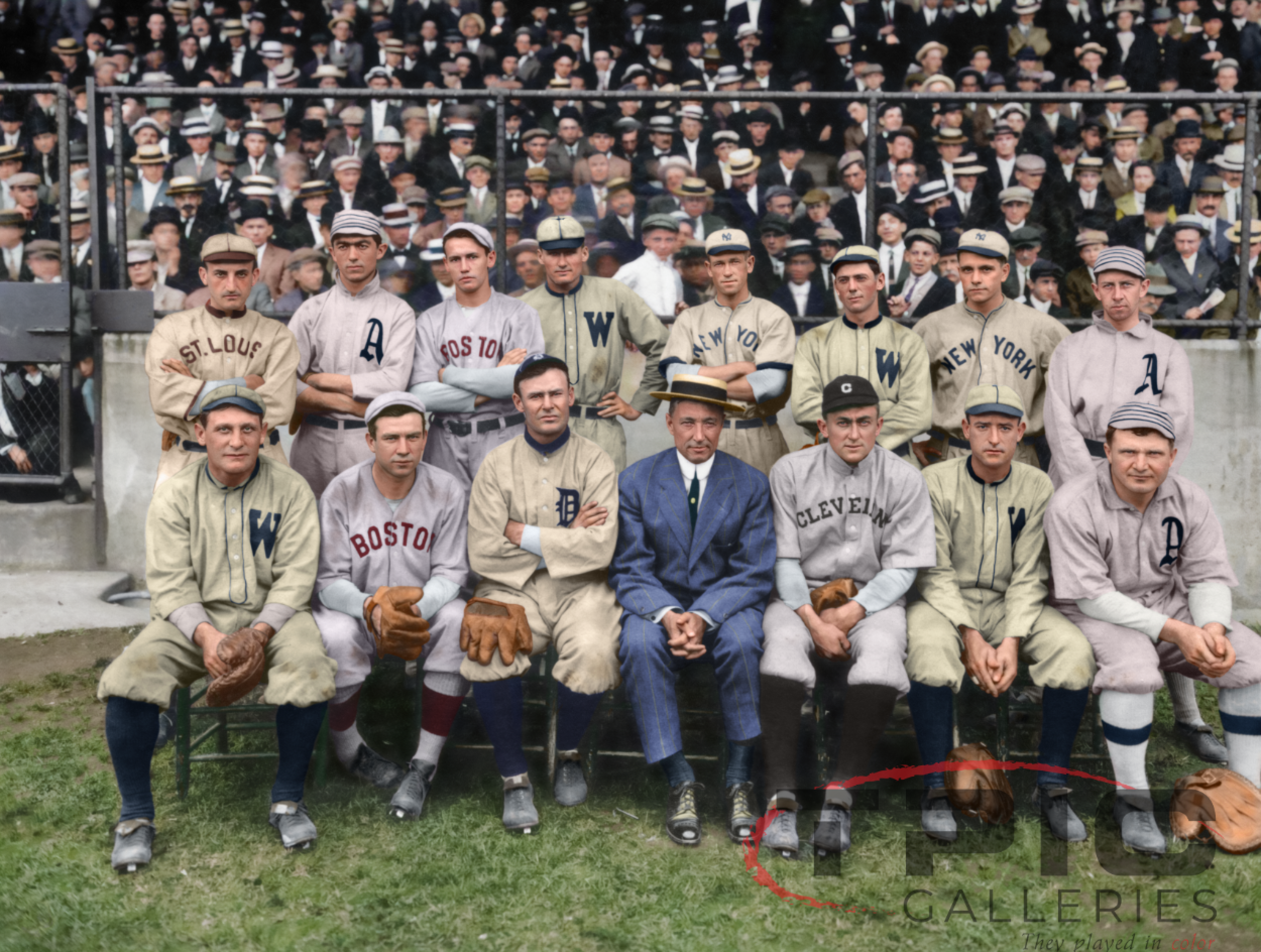
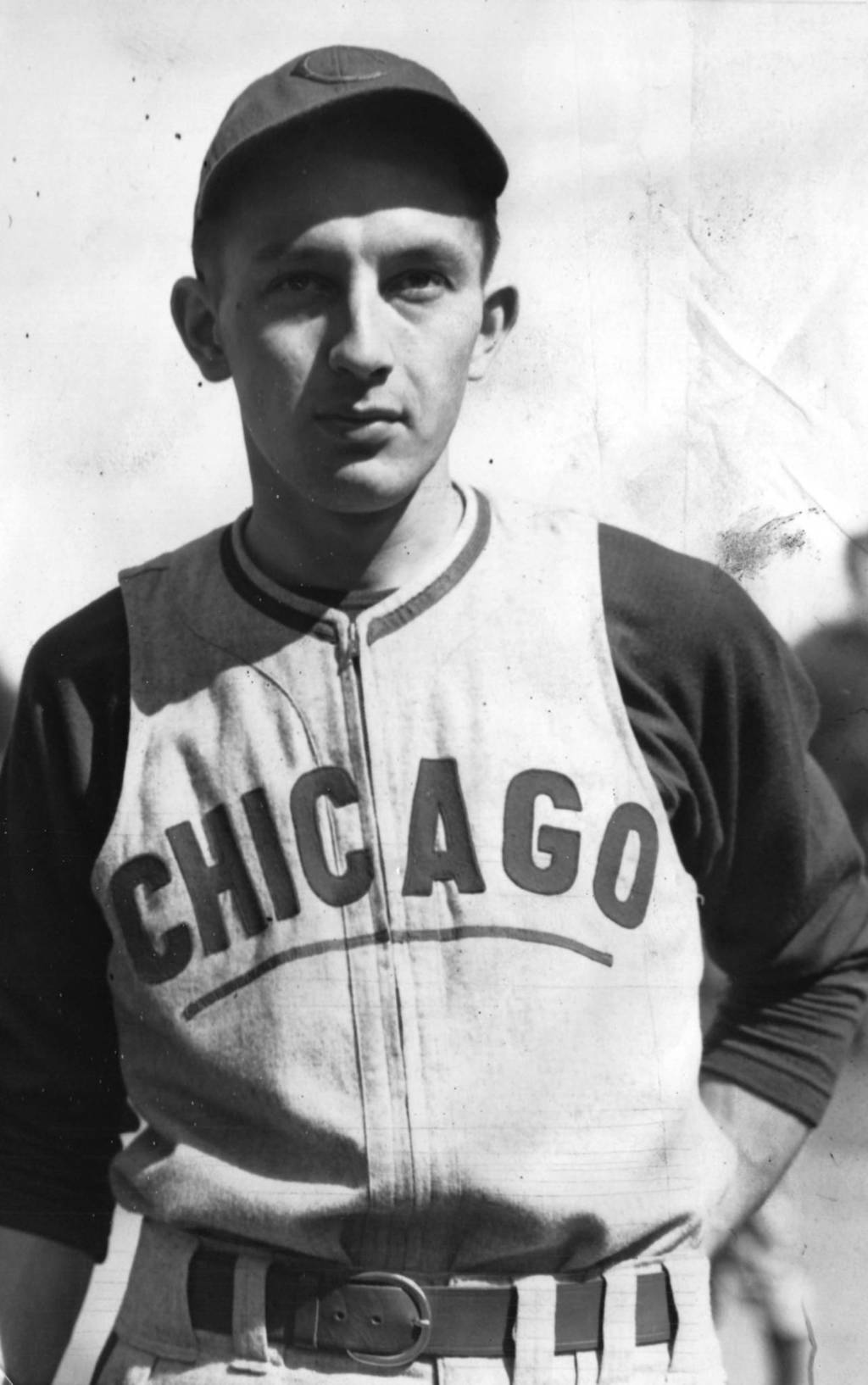

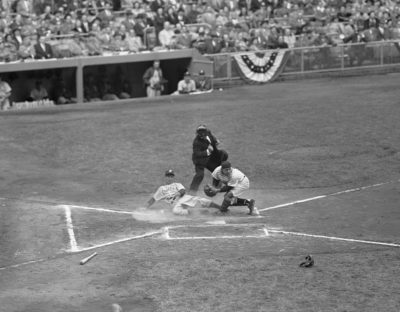
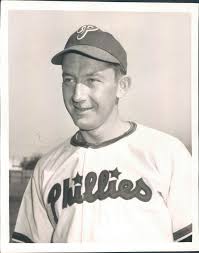
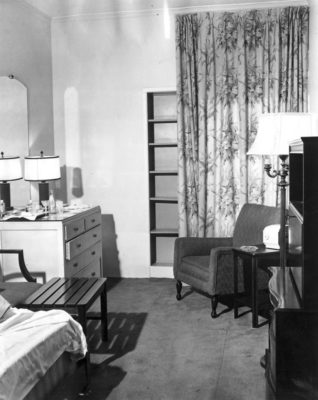
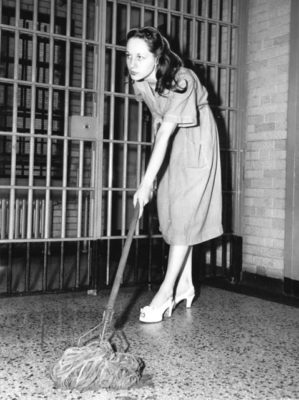
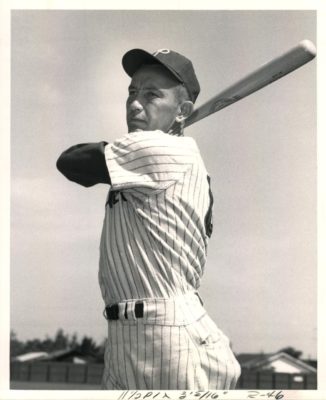
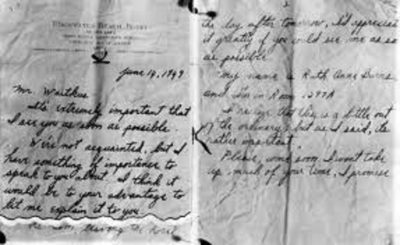
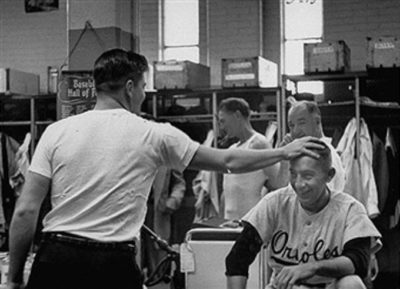
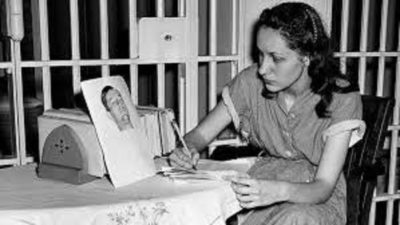
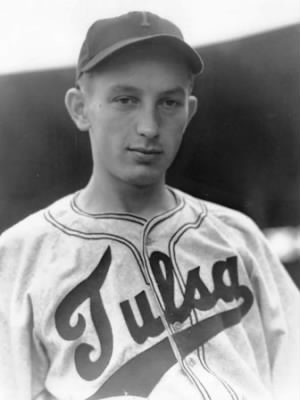
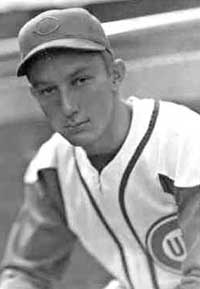
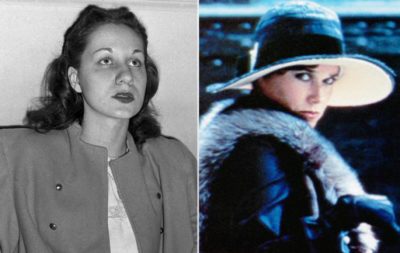
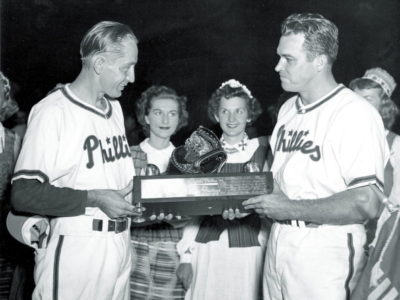
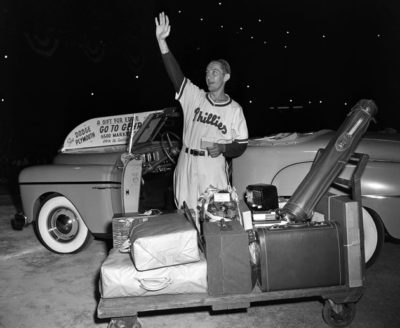
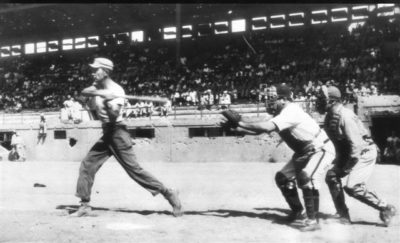
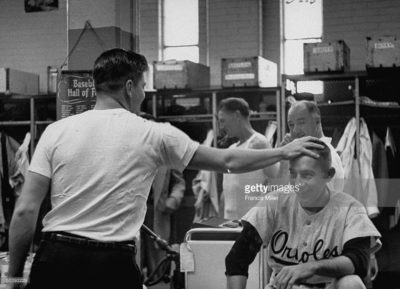
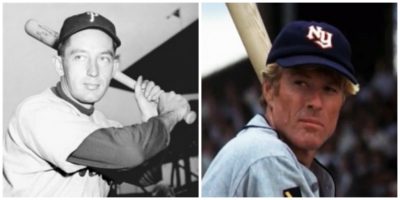
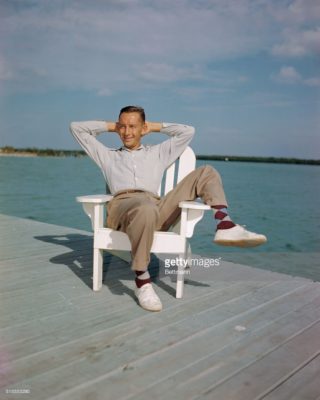
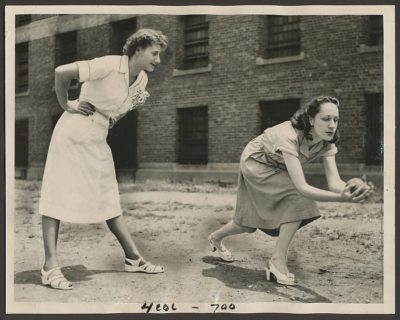
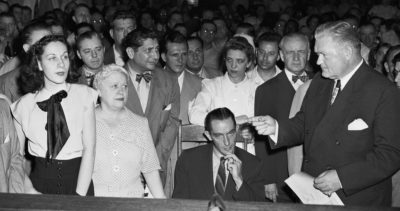
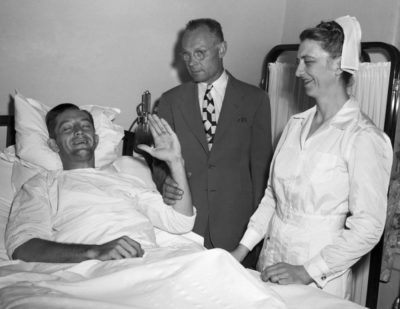
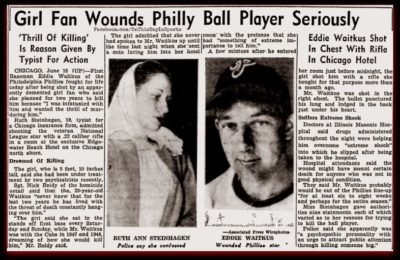
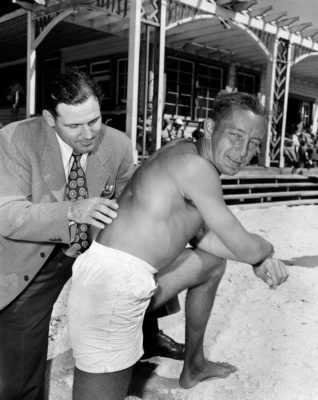
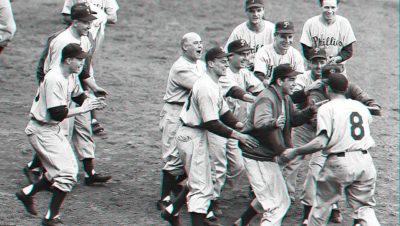
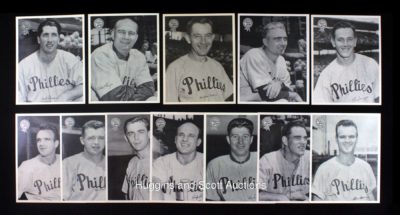
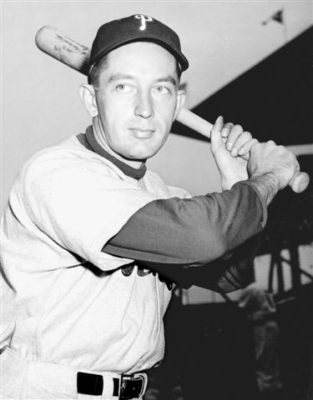
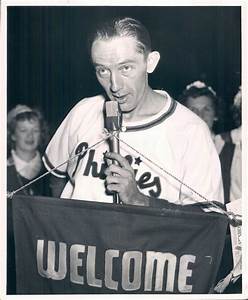
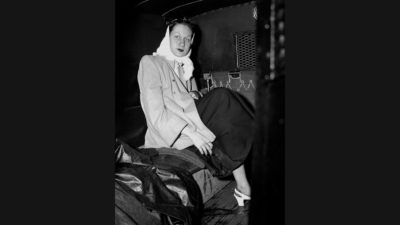
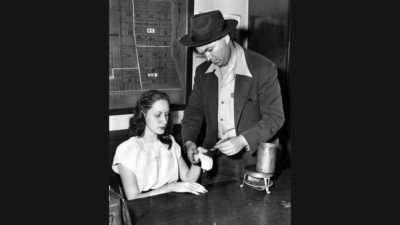

I thought Fem Fatale was a shortstop for the 1912 St. Louis Browns…😁
Ruth Ann just couldn’t help herself! Poor thing.
But she had nothing on Dr. Doyle, the primogenitor of irresistible impulses.
Not sure what that means but it sounds good!
Michael,
Waitkus was lucky that Ruth Ann missed his primogenitor and only got him in the back.
Note to Gary:
See what you’ve started? I blame you. I blame Sir Doyle.
Heck — I blame anybody but me.
How would Lucky Eddie feel today, knowing that he took a bullet to keep a couple of hyenas in stitches 70 years later? Maybe A. Conan could tell us.
Did you two guys know eah other before hand…or is this all my fault? Geez…I try to be a nice guy, and look what happens!
Gary, you ARE a nice guy! Most definitely.
Your enraptured readers regard and refer to you as a Doer of Good Deeds, in fact. You are loved and admired for your encyclopedic grasp of baseball history; your analytical mind in assessing and describing the best and worst of the game’s participants down through the decades; your many thought-provoking, entertaining and educational posts, and your generous spirit in allowing even Little Leaguers among us to crack the Blog once in a while with our own ridiculous and self-amused commentary. Bless you for these remarkable qualities! Among many others Dr. Doyle thanks you; Dr. Schaefer thanks you, and I thank you.
Please keep us the magnificent work. We all appreciate it. Paul maybe a little less than the rest of us. (I don’t know him, by the way.)
Thanks Michael for the nice words, greatly appreciated. I knew you were a keeper, Doyle and Schaefer I’m not so sure about. Now, where do I send the check? Haha! By the way, any time you guys want to help Gutman and me carry the load, please jump back in.
Michael,
We all know the butler did it.
And that in these Covid days, we need a little levity.
And we all know that this site
Is the best.
Gary, Michael and I will be writing a two part piece on what MLB player had the best primogenitor exit velocity in history.
Can’t wait to read that one! (See…I told you I wasn’t sure about Doyle!)
I have another shooting of a baseball player, Lyman Bostick of the California Angels, who started with the Minnesota Twins, a good hitting outfielder, who had a lifetime batting average of .312, who was in a car with his uncle and two women, one who was a friend he had not seen in a long time. The woman’s ex-husband was observing them and wanted to kill his ex-wife, but shot and killed Lyman instead. What would have been if Lyman Bostick had lived. He was just becoming one of the best young hitters in baseball.
Thanks for reminding me. I’m going to look for others too.
sorry, his name is Bostock.
thanks for info.